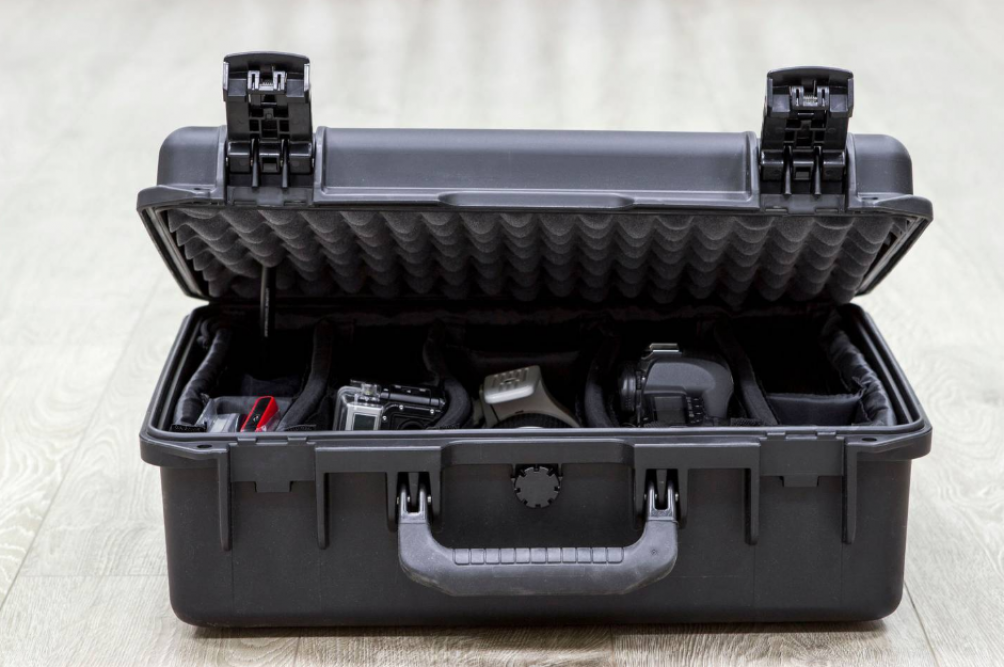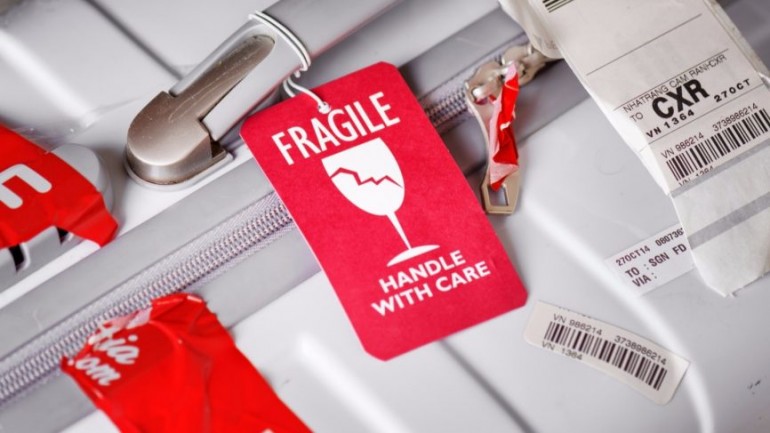Sponsored Listings:
Have you ever wondered whether that “fragile” sticker on your suitcase actually offers any added protection?
An airport baggage handler, who works for a company that provides baggage and ground services to major US airlines, told Conde Nast Traveler what really happens to your bags after they disappear down that conveyor belt.
Known only as “Zack”, the insider shared his tips for keeping your luggage well protected.
When it comes to fragile tags, you’ll want to get a fresh one for every flight, as old labels can be confusing for baggage handlers.
“Of course we see fragile tags… but if the bag has a fragile tag that looks old or is from a different airline, then it’s as good as expired, ” he said.
If you really want to keep your precious belongings safe, invest in some quality equipment – even if it costs you extra airline fees. It turns out soft bags are not treated with much respect.
“Musical instrument cases, Pelican-brand cases, and other pieces that look like they are protecting fragile or important things—we definitely try to take better care of those.
“And we have a nickname for flimsy, soft-side bags: they’re ‘shit luggage,’ plain and simple.”
Packing is also something to take into consideration – don’t just pad around the sides of the bag, as it can be dropped on any side.
Decent handles also go a long way – which means it’s easier for staff to move them.

“If your bag has handles on the top, side, and bottom between the wheels, then I’m moving it by using those handles and not, say, tossing it using only the top handle or risking my back with an awkward side handle grab.”
However, if you’re still not certain your baggage will be treated with care, Zack’s final tip might come in handy – be sure to get the right travel insurance and any mishaps will be covered.
“Chances are, if you’ve bought your ticket, then you have a credit card. Have it be a credit card with baggage insurance built in. Done! And don’t leave the airport with a broken bag before registering the damage with the airline’s baggage office.
“This stuff cannot be done after the fact, and you need the documentation, no matter if you later deal with the airline or your own insurance.”
Source: nzherald.co.nz










